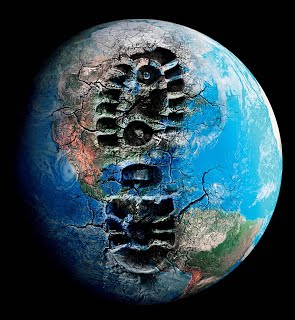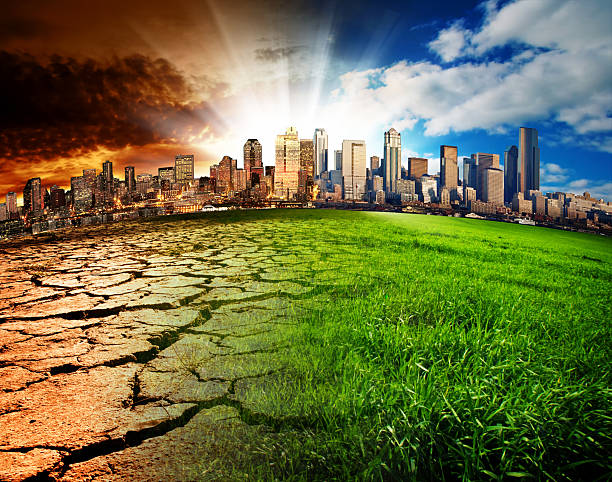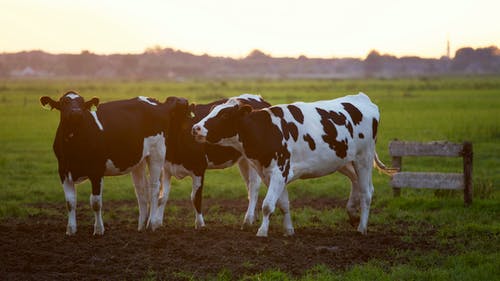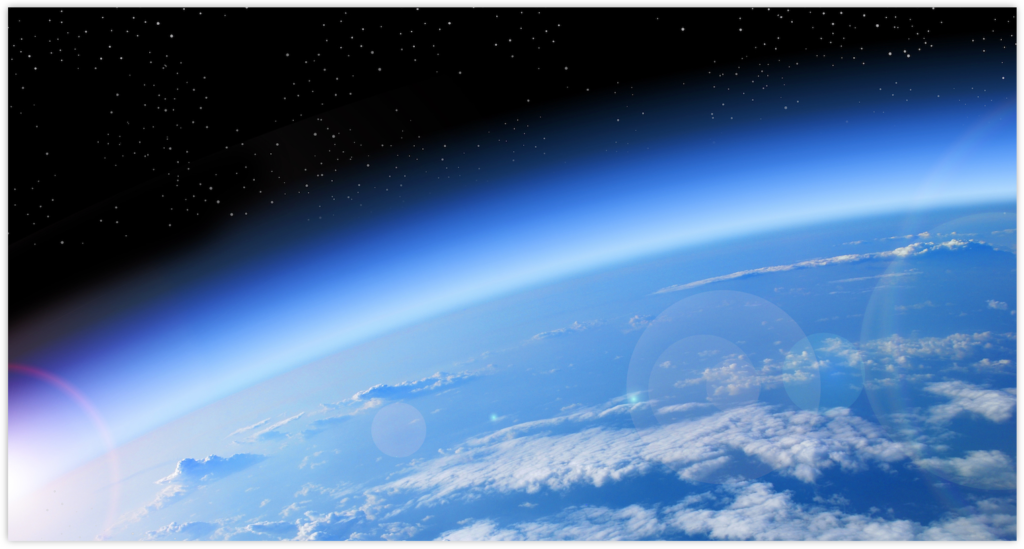Causes
Climate Change
.

Human activities contributing
to global warming
Increasing atmospheric concentrations of greenhouse gases,
for a warming effect
Global changes to land surface, such as deforestation,
for a warming effect
Increasing atmospheric concentrations of aerosols,
mainly for a cooling effect

Greenhouse Effect

The temperature of the Earth is regulated by Green House Effect.
Green House gases (GHG) primarily Carbon Dioxide, Methane, Water vapour and Nitrous Oxide
trap the outgoing heat radiation from dissipating into space.
But a sudden increase in these gases can disturb the equilibrium maintained for thousands of years.

.
Green House Gas (GHG) emission
Human activities is causing CO2 , methane and nitrous oxide concentrations in the atmosphere to rise, majorly via:
1. Power stations, many of which burn coal or other fossil fuels
2. Industrial processes
3. Transportation fuels, generally fossil fuels
4. Agricultural, livestock and their by-products

Land use

About two-thirds of anthropogenic CO2 emissions were produced from burning fossil fuels
About one-third of emissions from changes in land use, primarily deforestation

Livestock

Worldwide, livestock production occupies:
– 70% of all land used for agriculture, or
– 30% of the ice-free land surface of the Earth.

Animal agriculture/ Livestock
and greenhouse gas emission

Animal agriculture is responsible for 18% of greenhouse gas emissions,
more than the combined exhaust from all transportation.
Livestock and their byproducts account for at least
51% of all worldwide greenhouse gas emissions
Livestock is responsible for 65% of all human-related emissions of nitrous oxide
– a greenhouse gas with 296 times the global warming potential of carbon dioxide
and which stays in the atmosphere for 150 years

Aerosol

Various forms of climate change, chiefly cooling effects, are attributed to aerosols.
Key sources include:
– Biomass burning such as deforestation.
– Industrial air pollution, which produces soot and airborne sulfates, nitrates, and ammonium
– Dust produced by land use effects such as desertification

Projections ahead
– Emissions for agriculture projected to increase 80% by 2050
– Energy related emissions expected to increase 20% by 2040
– US Methane emissions from livestock and natural gas are nearly equal
– Cows produce 150 billion gallons of methane per day
– Even without fossil fuels, we will exceed our 565 giga tonnes carbon dioxide limit by 2030, all from raising animals



